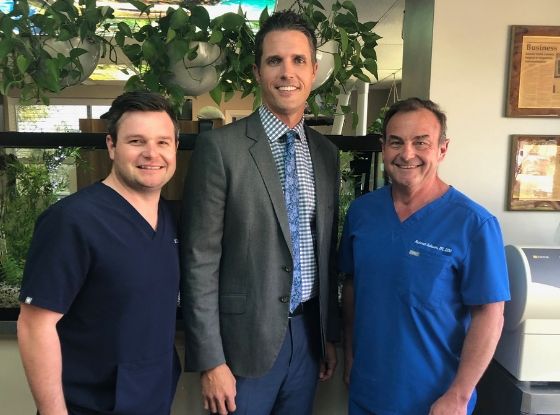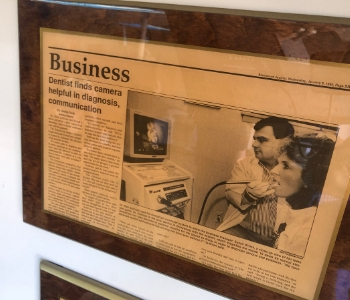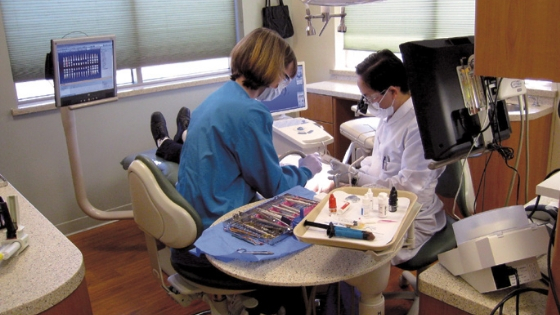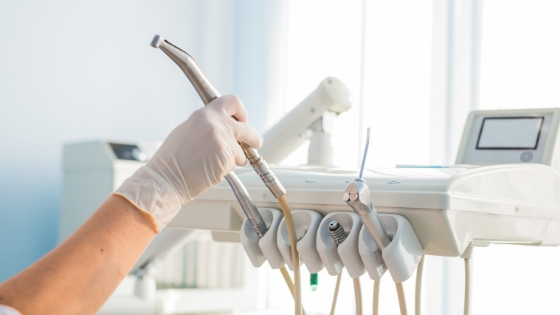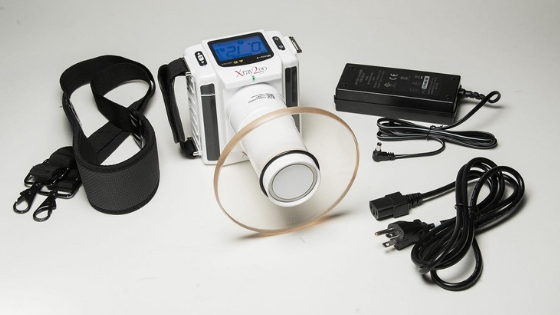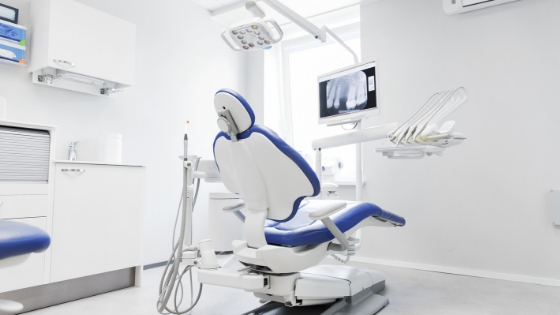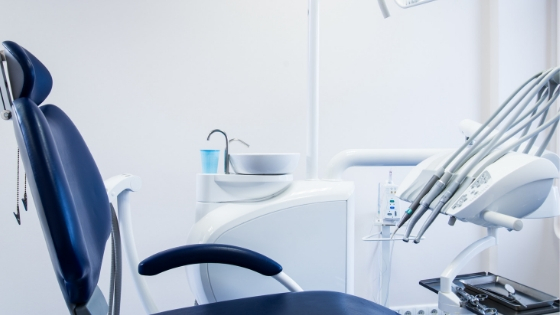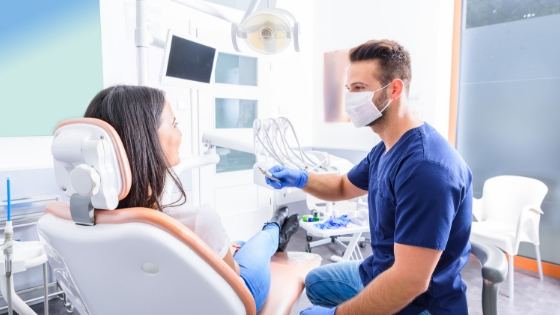3 Essentials for Successful X-Ray Acquisition
X-ray images play a big role in any dental office as dental healthcare practitioners look for caries, impacted teeth, cysts, gum disease or any other dental anomaly. The best x-ray images are produced by the most appropriate x-ray equipment for your dental office. You should, therefore, consider the following factors as you shop for a replacement or additional x-ray machine for your dental office.
Patient Comfort
It can be nearly impossible for you to capture x-ray images of high quality if your patient isn’t comfortable while you take those images. Your first step in the quest for high-quality x-ray images is therefore to find x-ray equipment that will ensure the highest level of patient comfort.
The XTG Handheld X-Ray, also known as the Xray2go, is one piece of equipment that will address your concerns about patient comfort while radiographic images are captured.
This device allows you to get the x-ray images you want while the patient is sitting in the dental chair. The patient is comfortable because they are in a familiar room with a familiar person (you). The patient will remain relaxed while you capture all the different images you need to make an accurate diagnosis.
Equipment Quality
As you may know, any craftsman is often as good as the tools that he or she uses. The same applies to dental health professionals. You cannot expect to capture high-quality images using poor quality equipment.
So, you should be on the lookout for high-quality equipment as you shop for new x-ray equipment for your dental office. Consider manufacturers who have a history of availing reliable equipment that can serve for the stipulated service life without a drop in the quality of the images captured.
The Xray2go is one of the portable x-ray machines that will attract your attention when you rank the different pieces of equipment on the market in terms of their quality. This portable x-ray will come in handy to confirm any suspicions that you may have after viewing a patient’s oral structures with the help of the LUM sub-enamel illumination device.
While you evaluate the x-ray equipment quality, don’t forget to assess how many images you need to take each day so that what you buy can cope with that load. For example, the XTG Handheld X-Ray can capture at least 150 images before the battery power drops and you have to recharge it. This capacity is more than sufficient for most dental offices, so the x-ray can work all day and be recharged at night.
Workflow Optimization
Dentistry has progressed to a level where dental care professionals don’t have the luxury to take days or weeks before giving a patient diagnosis or even performing the necessary procedure. For example, same-day dental restorations (crowns, for example) are becoming the norm due to the availability of modern equipment.
You should consider how the x-ray equipment will ease or complicate the workflow at your dental office before you procure that equipment. Confirm that the software upon which the equipment you want to buy operates can be integrated with your patient management system.
The XTG Handheld X-Ray is superb in this regard because it can easily export the images captured to the digital patient files. All this is possible due to the compatibility of this equipment’s software with nearly all patient management systems available.
As you can see, the process of acquiring x-ray equipment for your dental office should be systematic so that you will be in a position to weed out the equipment that isn’t suited to the specific needs of your dental office. You can further smoothen the acquisition process by involving the supplier as early as possible so that the transition can be properly planned. Be sure to train your staff on how to use the new x-ray equipment, as well as any complementary technology like the LUM sub-enamel illumination device.



